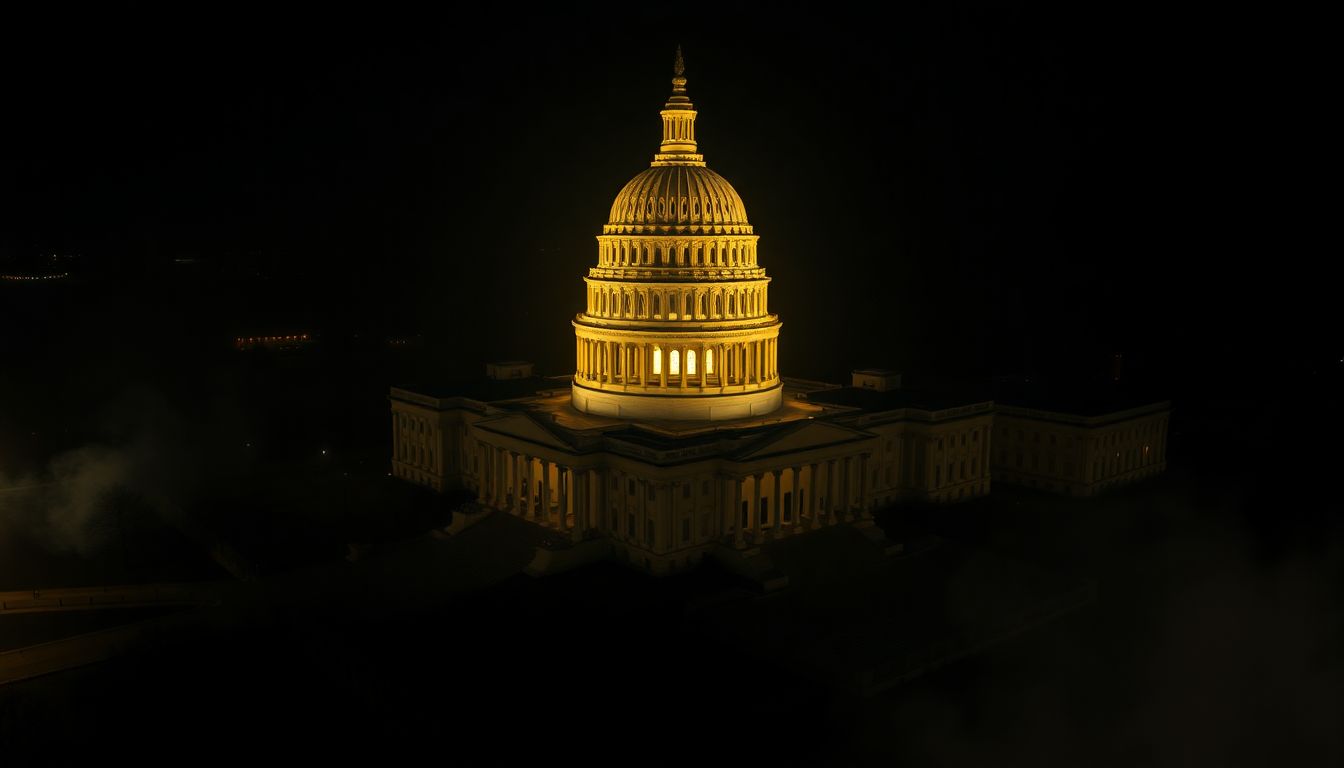
Imagine the chaos if the government suddenly closed. Federal services grinding to a halt. Millions of workers facing furloughs. It was a close call, but disaster was avoided. With only hours to spare, the Senate acted. A spending bill passed, preventing a shutdown.
The Eleventh-Hour Agreement: Details of the Spending Bill
The spending bill provides short-term funding for the government. This keeps things running for a little while longer. It gives Congress more time to agree on a long-term budget. But what exactly is in this bill?
Key Provisions of the Bill
The bill allocates money across various government sectors. Defense gets a big chunk, ensuring military operations continue. Social programs receive funding, maintaining essential services for citizens. There were tough choices. Compromises had to happen to get everyone on board. Some wanted more defense spending. Others fought for stronger social safety nets. The final bill reflects these negotiations.
Expiration Date and Future Funding Challenges
Don't get too comfortable. This bill is a temporary fix. It expires soon, setting up another potential crisis. The government needs a real budget. A long-term plan is essential. What happens next? Can Congress work together? Or will we face another shutdown threat? Strategies for budget stability are needed to avoid future issues.
Senate Showdown: The Political Maneuvering
The Senate vote wasn't easy. It involved a lot of political back-and-forth. Different parties had different priorities. Negotiations were intense. Who were the key players? What were the sticking points?
Bipartisan Efforts and Obstacles
Some senators crossed party lines. They worked together to find common ground. But disagreements also emerged. Certain senators held firm on their demands. The bipartisan cooperation helped move things forward. The obstacles, however, made it a bumpy ride.
The Role of Leadership
Senate leaders played a big part. They guided the negotiations. They tried to keep everyone at the table. Their influence shaped the final bill. They navigated a tricky political environment. Strong leadership was needed to pass the bill.
Immediate Impact: What the Averted Shutdown Means
The averted shutdown has immediate effects. Government operations continue without interruption. Public services remain available. What does this mean for regular people? How are federal employees affected?
Government Services and Employee Impact
Essential services stay open. Social Security checks will still go out. National parks remain accessible. Federal employees won't face furloughs. They can continue their jobs. This averted crisis prevents significant disruptions.
Economic Implications
A shutdown could have hurt the economy. It might have slowed growth. It could have shaken investor confidence. Avoiding it was a good thing for the economy. The averted shutdown provides stability.
The Road Ahead: Long-Term Budget Solutions
The big question is, how do we avoid this again? What can be done to create a more stable budget process? Long-term solutions are vital. The current system invites recurring crises.
Budget Reform Proposals
Some people propose changes to the budget process. Biennial budgeting could provide more stability. Spending caps might help control costs. Different ideas are on the table. These reforms could prevent future shutdowns.
Future Political Battles
More political battles are likely. Disagreements over spending will continue. Finding common ground won't be easy. Potential roadblocks lie ahead. The path to a long-term agreement is uncertain.
Conclusion
The US government shutdown was averted. The Senate passed a spending bill just in time. This buys some time, but the underlying problems remain. Long-term solutions and cooperation are needed. Responsible governance is vital for a stable future.